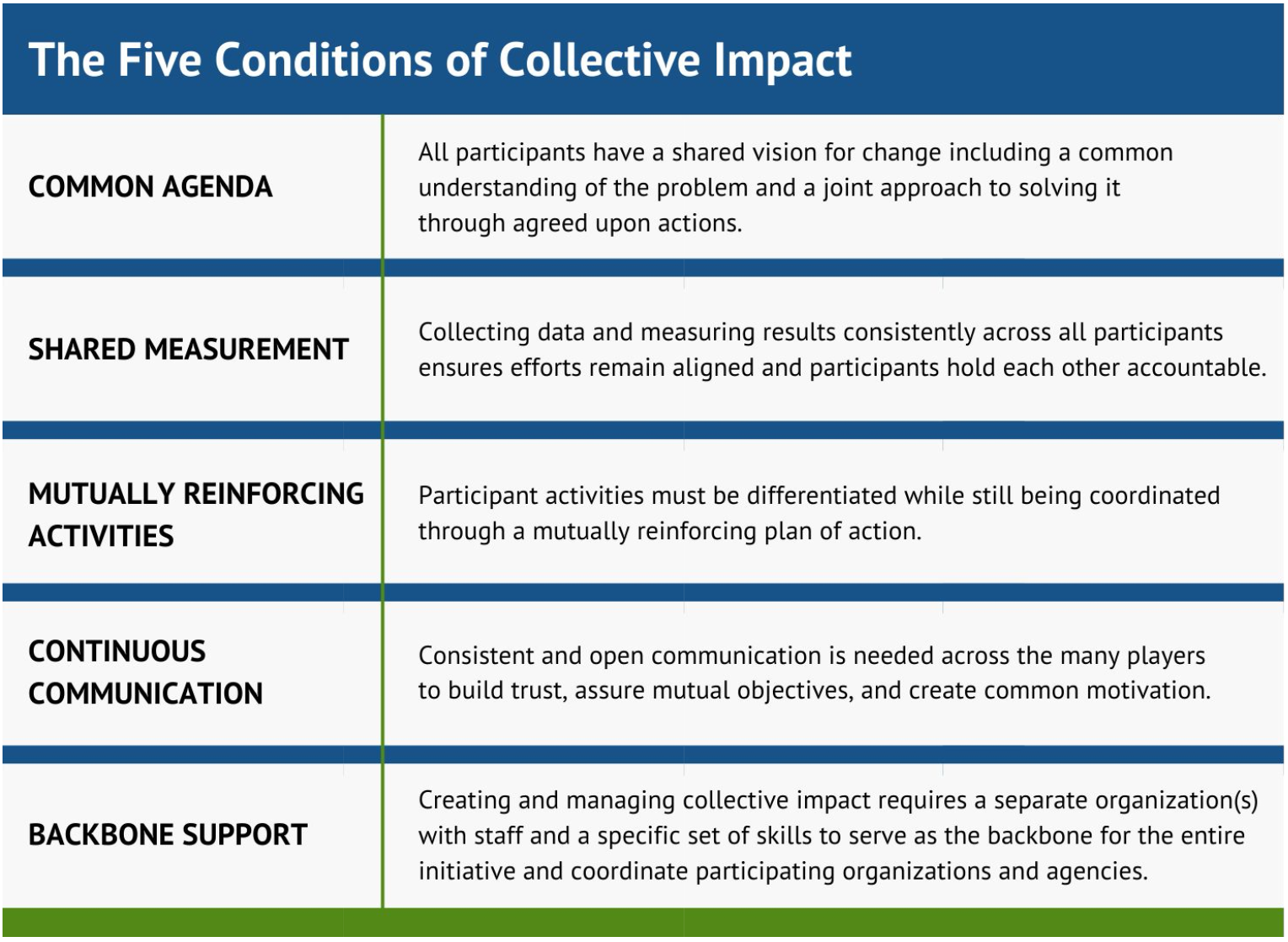
WHY
S.C.R.A.P.?
In theory, if California applied just three regenerative agriculture practices on all of its almond acreage alone, the CO2 sequestration would be substantial enough for California to hit its 2030 GHG emissions reduction target.
In a 2021 analysis by data analytics startup Bountiful.ag, the three regenerative (or climate smart) agriculture practices for almonds are the most common practices promoted by the California Department of Food & Agriculture Healthy Soils Program and The Almond Board of California: Whole Orchard Recycling, Compost Application, and Cover Cropping.
Our Goal
Our first objective is to rapidly accelerate the adoption of cover cropping on California almond orchards by coordinating and elevating supportive resourcing of existing cover cropping programs. Through collaborative action, we are positioned to engage existing regenerative almond initiatives to accelerate the adoption of regenerative practices on almond acreage in California.
Assuming we are successful in allying efforts on cover cropping implementation, we will then look to leverage the established relationships to pursue the scaling of other common regenerative practices (like compost application and whole orchard recycling) as well as emerging new practices (like off-ground or aerial harvesting) on California’s almond acreage.
Current Work Streams
Defining “Regenerative” for Almonds
Establishing a Steering Committee
Realizing Outcomes, Adhering to Principles & Optimizing Practices,
Gathering & Sharing Data & Measurements
Emerging Work Streams
Peer-to-Peer Learning Network for Regenerative Almond Growers
Beyond Soil Health: Holistically Working on the Viability of Almonds in California

